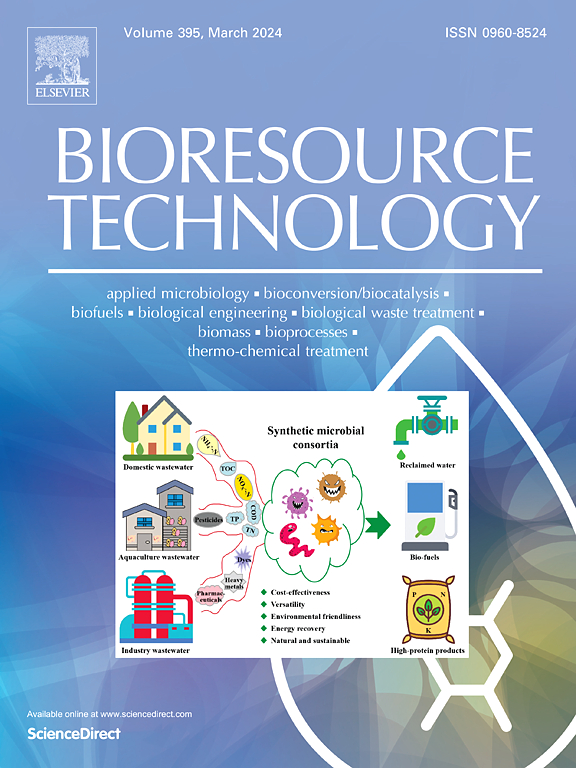From waste to value: Multi-omics reveal pomegranate peel addition improves corn silage antioxidant activity and reduces methane and nitrogen losses
IF 9.7
1区 环境科学与生态学
Q1 AGRICULTURAL ENGINEERING
引用次数: 0
Abstract
Fermentation technology presents promising opportunities for food waste valorization. Pomegranate peel (PP), a food by-product, has potential applications in fermented feed. This study examined the effects of a 6% dry PP additive on the ensiling characteristics, antioxidant activity, metabolites, bacterial community, and in vitro ruminal fermentation, methane (CH4) emission of corn silage ensiled for 7 days and 60 days using microbiome and metabolome analyses. PP-treated silage inhibited (P < 0.05) protein degradation by reducing ammonia nitrogen and non-protein nitrogen concentrations during ensiling. The PP additive increased (P < 0.05) water-soluble carbohydrate content and reduced ethanol production in corn silage. Lactiplantibacillus dominated PP-treated silage at the initial ensiling stage, while Levilactobacillus prevailed at the final stage. Notably, the PP additive exhibited strong antioxidant activity by modulating antioxidant enzymes and flavonoid biosynthesis mediated by key metabolites (epigallocatechin and catechin). Correlation analysis identified Lactiplantibacillus, Citrobacter, Phytobacter and Burkholderia as key microbes in the production of antioxidant metabolites and enzymes in PP-treated silage. Additionally, PP supplementation reduced (P < 0.05) in vitro ruminal CH4 and nitrogen losses, while decreasing dry matter (DM) digestibility in corn silage. In summary, PP-treated corn silage enhanced antioxidant properties and reduced the nitrogen losses and in vitro ruminal CH4 emissions, but lowered DM digestibility. Thus, PP can be recommended as a silage additive, though the dry PP level should be lower than that used in this study.

求助全文
约1分钟内获得全文
求助全文
来源期刊

Bioresource Technology
工程技术-能源与燃料
CiteScore
20.80
自引率
19.30%
发文量
2013
审稿时长
12 days
期刊介绍:
Bioresource Technology publishes original articles, review articles, case studies, and short communications covering the fundamentals, applications, and management of bioresource technology. The journal seeks to advance and disseminate knowledge across various areas related to biomass, biological waste treatment, bioenergy, biotransformations, bioresource systems analysis, and associated conversion or production technologies.
Topics include:
• Biofuels: liquid and gaseous biofuels production, modeling and economics
• Bioprocesses and bioproducts: biocatalysis and fermentations
• Biomass and feedstocks utilization: bioconversion of agro-industrial residues
• Environmental protection: biological waste treatment
• Thermochemical conversion of biomass: combustion, pyrolysis, gasification, catalysis.
 求助内容:
求助内容: 应助结果提醒方式:
应助结果提醒方式:


